Different types of tissues
Different types of tissues
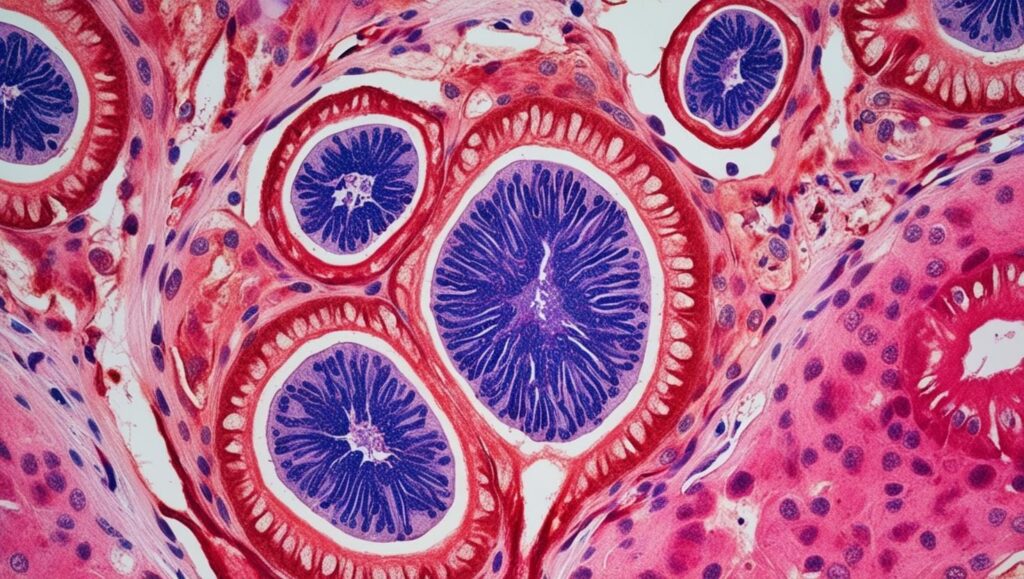
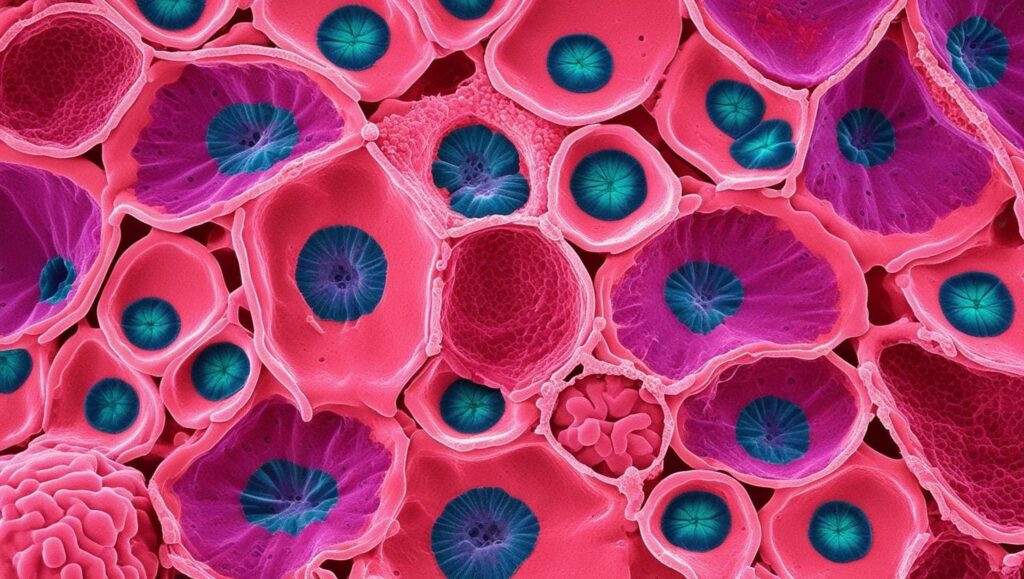
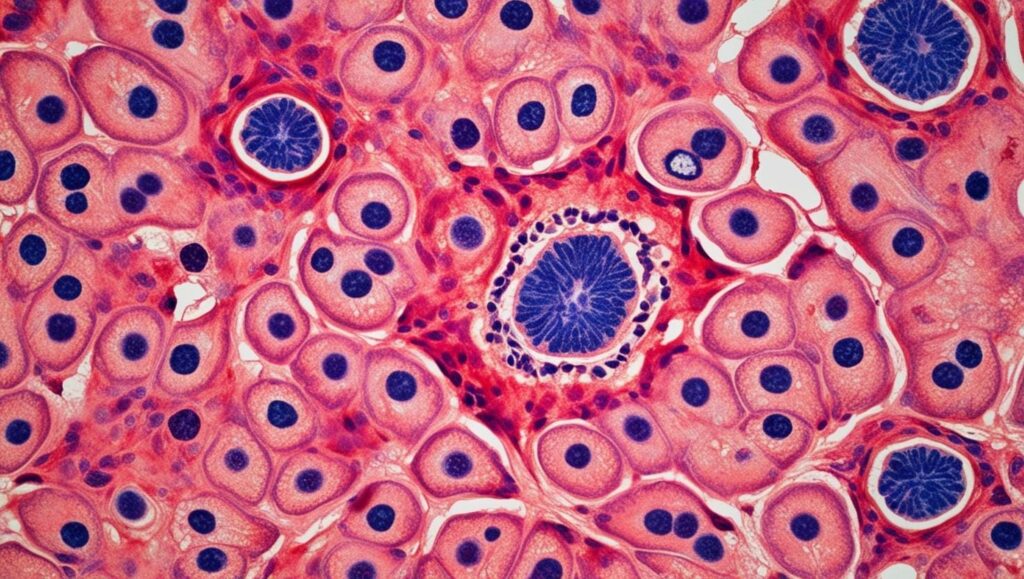
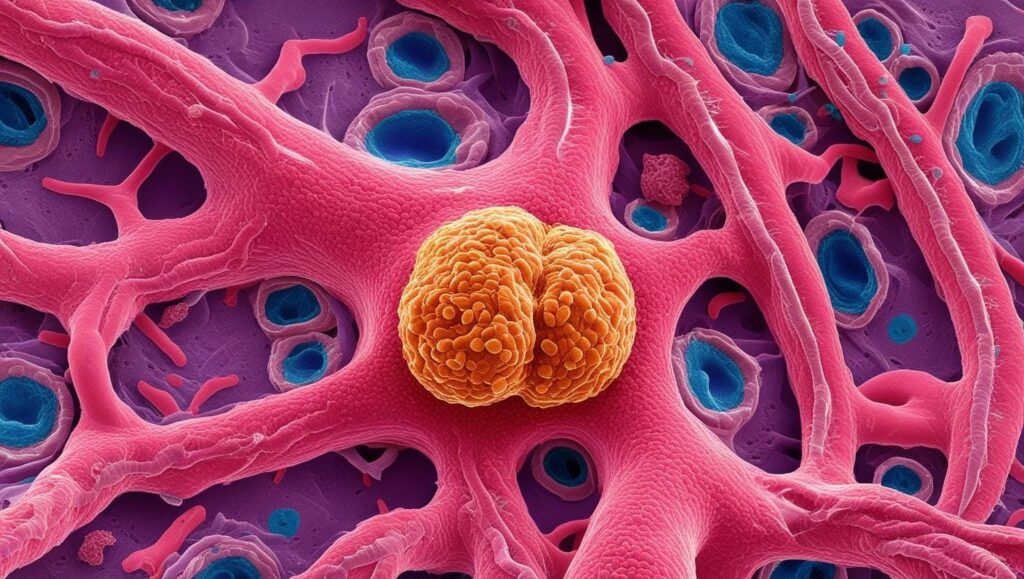
● Epithelial Tissue:-
- The protective covering in the animal body is called epithelial tissue.
- Cells in this tissue are closely packed without intracellular spaces & hence they form continuous layers.
- Any material that enters the body first encounters the epithelial tissue & provides protection.
- Cells of the epithelial tissue are separated from cells of other underlying tissues by a fibrous membrane.
- The skin, mucous layer, and inner surface of blood vessel walls of alveoli are made up of epithelial tissue.
- There are various types of epithelial tissue, such as squamous, stratified, glandular, columnar, ciliated & cuboidal epithelium, etc.
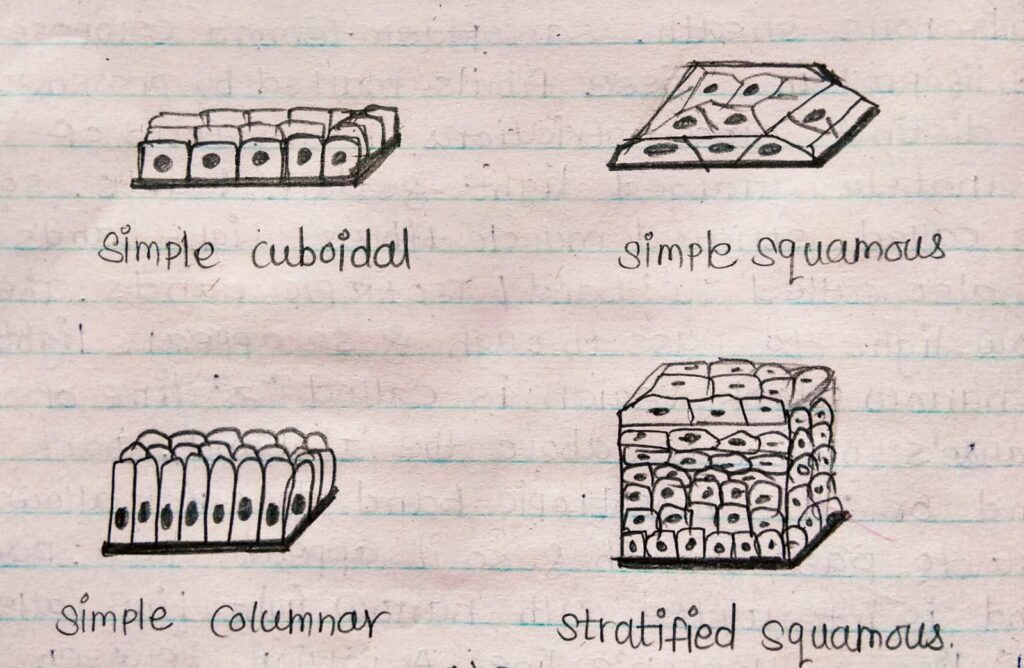
● Connective Tissue:-
- Tissues that join the different parts of the body are called connective tissue.
- Cells in this type of tissue are loosely arranged with intracellular spaces filled with ground substances.
- Ground substances may be solid, liquid, or jelly-like.
- They are present in the under the epidermis, in the walls of tubular organs, and inside solid organs.
- It is mesodermal in origin & composed of free cells in a mass of fibers in a fluid or viscous group substance.
- There are 3 main types of C.T.:-
(I) Connective tissue proper = Areolar, adipose, reticular, elastic, fibrous.
(II) Skeletal tissue = cartilage & bone.
(III) Fluid connective tissue = Blood & lymph
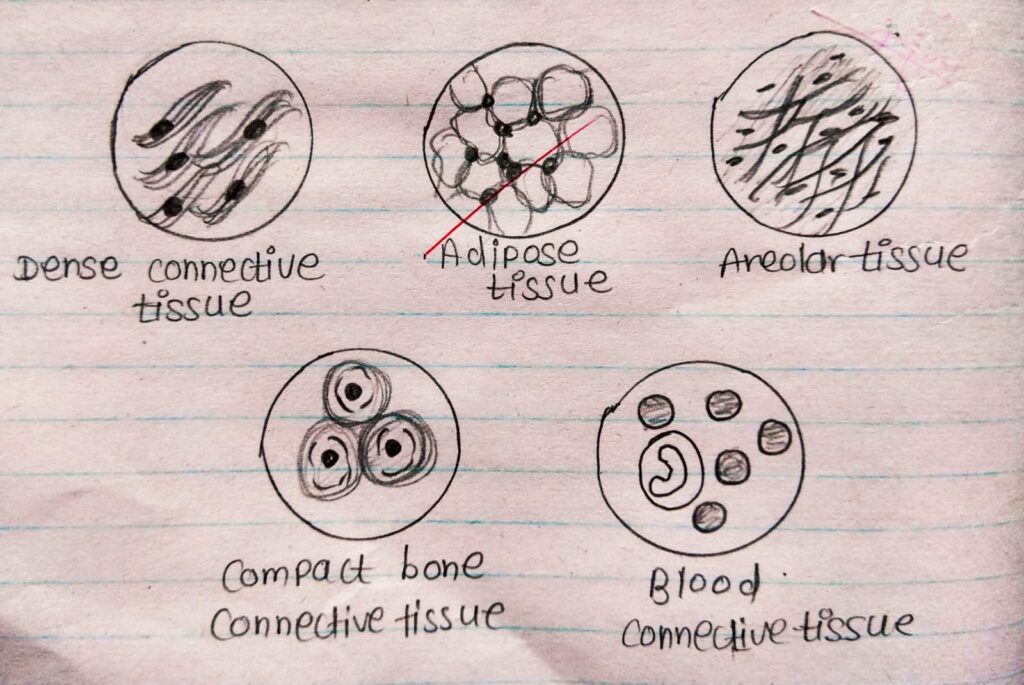
● Muscular Tissue:-
- Muscle fibers & muscular tissue are formed from a special type of contractile proteins.
- The contractile proteins like actin & myosin bring contraction & relaxation of muscles.
- Muscular tissue is made up of long cells of fibers.
- Muscular movement occurs due to the contraction & relaxation of contractile proteins in these cells.
- They are seen attached to the bones and present in the alimentary canal, blood vessels, heart, etc.
- These are of 2 type-voluntary muscles & Involuntary muscles.
- Voluntary muscles are striated & skeletal muscles are because they show alternate light & dark bands & seen attached to bones.
- Involuntary muscles are non-striated because it does not have dark & light bands, & not in our control.

● Nervous Tissue:-
- It enables us to respond to stimuli like touch, sound, odor, color, etc.
- Cells of the nervous tissue are specially made to be excited & to conduct that excitation from one part of the body to another.
- The cell body which contains cytoplasm & nucleus is the main part of each nerve cell.
- Numerous small branched fibers are called dendrites. Arises from each cell body.
- One of the fibers is extremely large called an axon.
- The length of the nerve cell may measure up to one meter.
- Many nerve cells are bound together with the help of connective tissue to form a nerve.
- Nervous tissue is present in the brain, spinal cord and network of nerves spread all through the body.
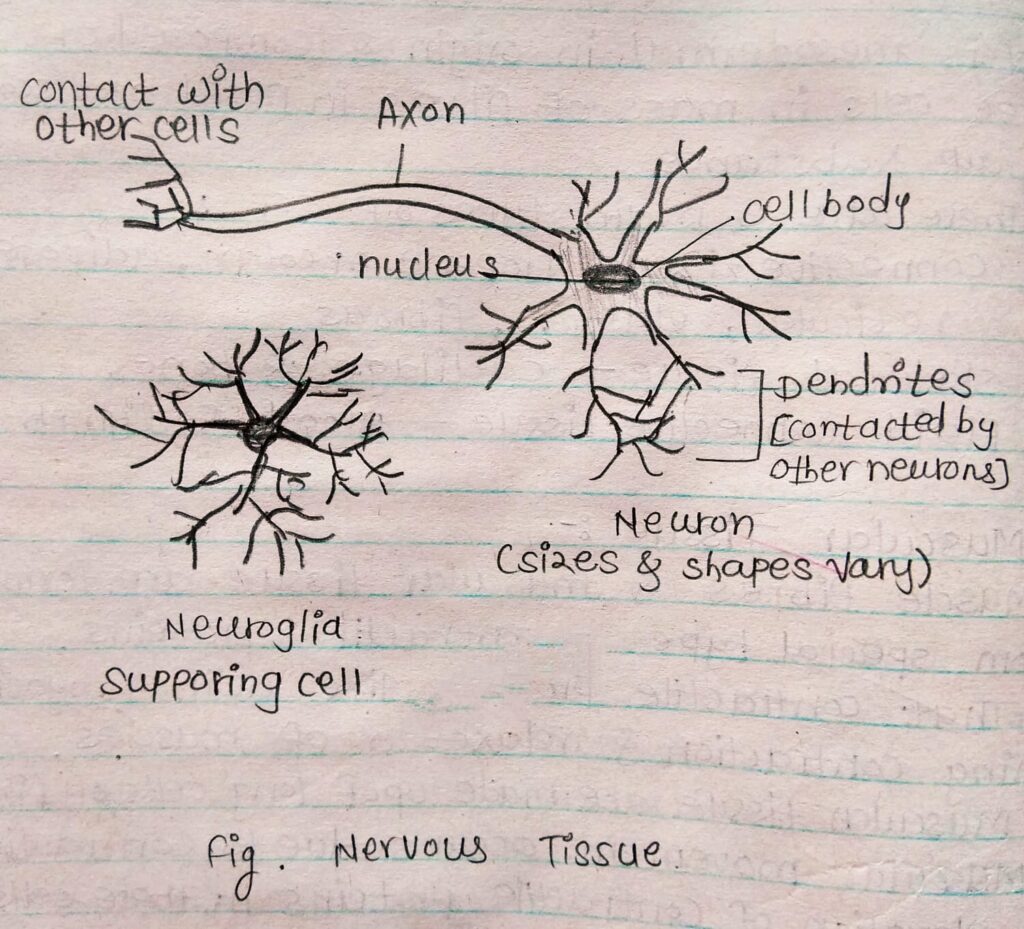





Amazed to know about muscles and tissues & their working together. Excited to read more about it.